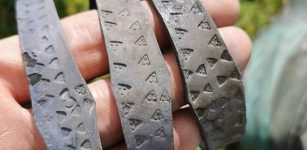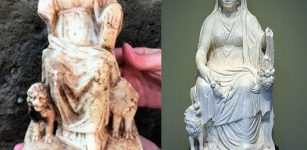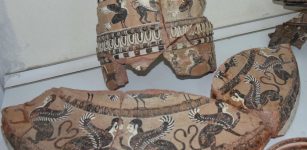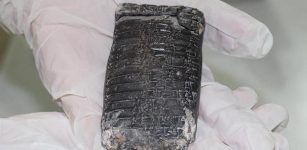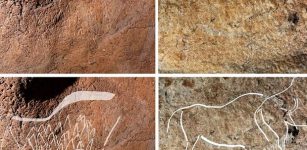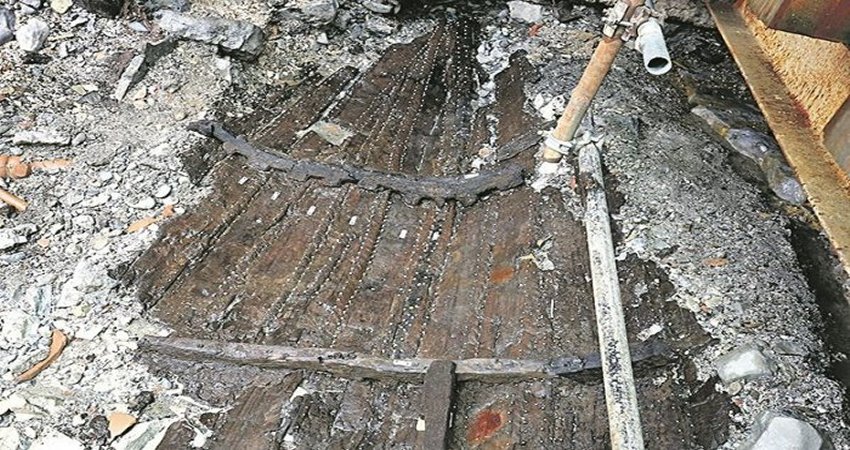Mysterious Death Of King Albert I: Can DNA Evidence Solve The Case?
MessageToEagle.com – The mysterious death of King Albert I of Belgium in 1934 has been a controversial subject for years.
Why did King Albert I really die? The official version is that his death was a result of a climbing accident, but there are also those who maintain he was murdered and there are several conspiracy theories about the king’s death.
Can latest DNA evidence finally solve the case?
On 17 February 1934, King Albert I, the third King of the Belgians died after a fall from the rocks in Marche-les-Dames, in the Ardennes region of Belgium near Namur.
King Albert I (1875-1934) was very popular and famous due to role during the First World War. Unfortunately, there were there were no witnesses to his death and this soon fuelled speculations about the king’s ‘real’ cause of death. After the death of Albert I, Marche-les-Dames virtually became a place of pilgrimage, and relics turned up with the king’s trails of blood, said to have been collected during the night of 17 to 18 February by people living in the neighborhood.
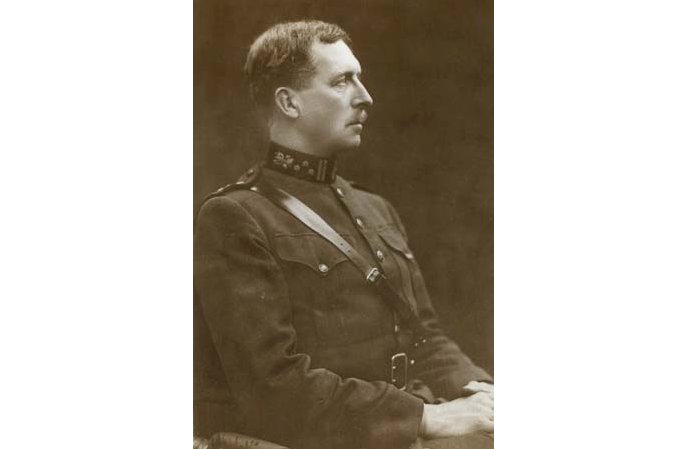
Over the years a number of conspiracy theories arose, ranging from a political murder to a crime of passion. Some suggested that the king was murdered elsewhere, his dead body allegedly never was in Marche-les-Dames, or his fall is believed to have been staged only later. Evidence for these theories, however, has never been found.
So what did really happen on February 17, 1934 and how and where did King Albert I die?
In order to unravel this mystery, forensic geneticist Maarten Larmuseau and his colleagues at University of Leuven, Belgium, have now compared DNA from blood found on the scene in 1934 to that of two distant relatives.
Their analysis confirms that the blood really is that of Albert I. This conclusion is at odds with several conspiracy theories about the king’s death.
See also:
Cnut The Great – England’s Danish King And Ruler Of One Of The Largest Nordic Empires
Tomb Of King Arthur Found In Shropshire – Historian Says
King Mithradates VI Of Pontus Used Poison To Avoid Death By Poison
“King Simeon II of Saxe-Coburg and Gotha, the last tsar and former prime minister of Bulgaria who is related to Albert I on his father’s side, and Anna Maria Freifrau von Haxthausen, a German baroness who is related to Albert I on her mother’s side, were willing to cooperate. They gave up DNA samples that we compared with the DNA of the trails of blood. We found that the blood is indeed that of Albert I,” Larmuseau said.
This confirmation has historical importance. “80 years after the fact, everyone involved has passed away, and most material is gone; we will probably never be able to dismiss all speculations concerning this ‘cold case’.
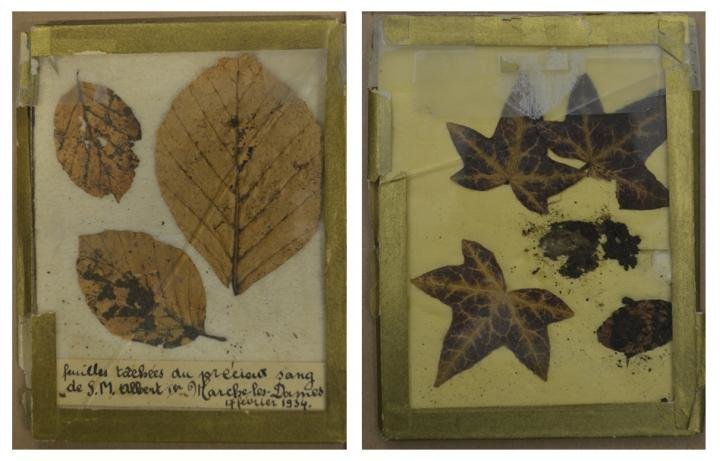
Credit: Copyright KU Leuven – Maarten Larmuseau
DNA studies of this kind are by no means easy due to privacy of everyone involved and of living relatives.
“We have to take into account the consequences of this study for living relatives. After all, in addition to the actual identification, a genetic profile can reveal quite a bit of sensitive information, in the context of a kinship analysis or in terms of hereditary conditions. This particular case concerns someone who’s deceased and has obviously never given permission for a genetic profile,” Larmuseau explained.
“We only focused on the identification of the trails of blood and deliberately avoided deducing unexpected results from the DNA,” Larmuseau said.
MessageToEagle.com

